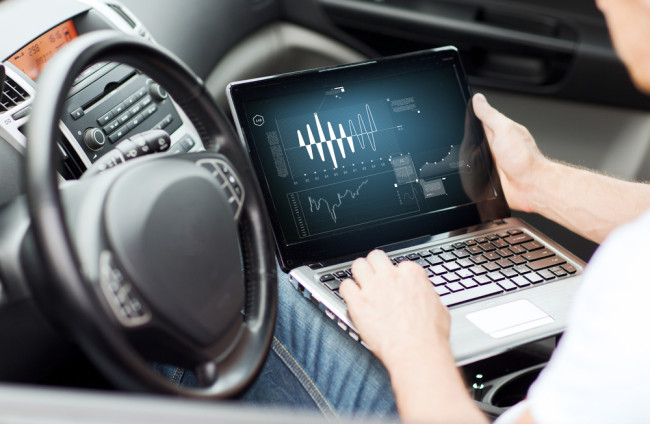
Have you or your friends plugged a device into your car on behalf of your insurance company in an attempt to lower your premium rate? These insurance telematics are an early iteration of the opportunities and challenges the internet of things (IoT) is going to enable.
Cheap embedded sensors, which can collect data related to status, location, environment and more, are being combined with Internet connectivity and analytics to create real-time information and alerts that could be used for risk management, risk mitigation and more.
Insurance must embrace IoT
Usage-based insurance now is beginning to be applied to crop insurance, and could also be applied to home, medical and other insurance offerings according to “The Internet of Things: Creating a Connected World – Disrupting and Transforming Business and Revenue Models,” a white paper from Strategy Meets Action, an insurance technology consultancy. In summarizing the study's findings, SMA partner Denise Garth says:
As the future unfolds and the next-gen insurer emerges, the Internet of things offers vast opportunities to the business of insurance. At the same time, the disruption potential to existing business models is significant for all industries, including insurance. The IoT has the power to create completely new business and revenue models, to generate new business value to counter product commoditization, to enable mass personalization, and to gain deeper customer insights for creating new products and services. Those who do not embrace IoT quickly will be putting their businesses at risk, both competitively and financially.
IT must build for IoT
Many IT organizations are looking at years of implementation backlog to replace aging software platforms with core transaction processing systems like ERP. These organizations will be at risk to new market entrants unless they can get momentum toward a vision for their organization in a radically more connected world.
If the internet of things is not an IT concern, whose concern is it? If IT is not building the architectures to support it in advance, who will? Even if your company has the wisdom to be experimenting with IoT ramifications, success will be dependent on the organization's IT architecture. We are already seeing in retail, for example, that the exciting possibilities for the in-store shopping experience subordinate to the in-store network architecture.
If your organization will be able to respond quickly when the possible becomes reality over the next 10 years, it will be because you had the foresight to be ready.
The Best Kept Secret for IT Professionals.
Learn how we keep you more informed than your competition in half the time.



No Comments
Add a commentAdd a comment